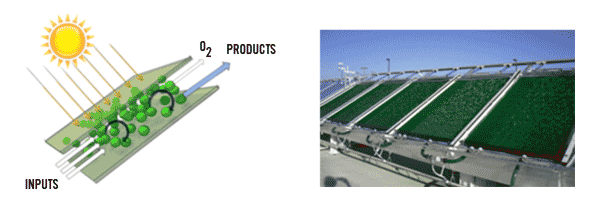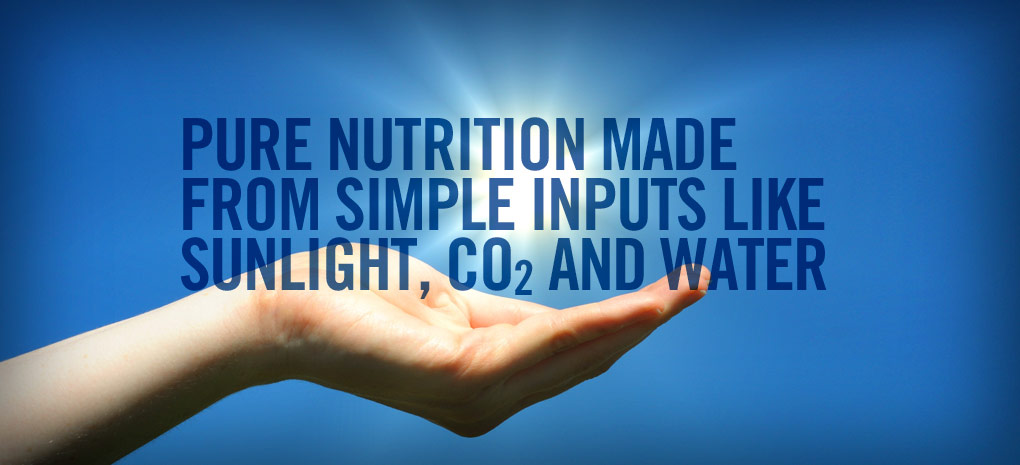Before I begin I want to wish all my Canadian readers a happy Canada Day. My family and I will be celebrating in the usual way this year. We are going to a Toronto Blue Jays baseball game, something we do every year when the Jays are in town on July 1st. And speaking of going to baseball stadiums always brings up the topic of stadium food – high in lipids, sugar, sodium, nitrates and so many other bad things. So I thought I would write today’s posting about the reaction to one of my last week headlines when I briefly described Soylent, a powdery protein mixture that when combined with water could solve world hunger. No sooner than I had posted this information on line then I got contacted by several others who are seeking to launch products with the same goal, replacing our current food model with transformative technology.
One of these is Pronutria, described as pure nutrients created “from simple inputs, without the chemicals, residuals and anti-nutrients that accompany conventional food.”
Pronutria has as its mission statement, “transforming global nutrition to fuel human potential.” It believes it can solve both the problems of the undernourished and the obese if its technology is adopted worldwide.
Pronutria uses a technology called Nutriculture (TM) seen in the image below.
It converts natural inputs, the Sun, CO2, and nitrogen, and combines them with its proprietary closed-system photosynthetic cell catalyst to turn out essential nutrition in the form of proteins, lipids, sugars and vitamins. The process is similar to making beer but with a very different output.
Nutriculture can operate in any sunlit location, and the company states that it could feed a billion people in an area the size of the state of Rhode Island without requiring any freshwater or arable land.
Nutriculture’s end product can come in a liquid, gel or solid form called Essensteins (TM), which stands for essential proteins. Essensteins, the company states, promote optimal muscle growth, accelerate recovery from injury, and provide a totally balanced diet. They also taste good not like the whey, soy and other protein products you pick up today in health food stores. And Essensteins can be produced as sweet, neutral, salty or sour based on the type of photosynthetic cell. This makes it possible to mix Essensteins into existing food products to enhance flavour or remain taste neutral.
And for those who are concerned whether the photosynthetic cells contained in the Nutriculture technology are genetically modified, the company states that all it has done is research all the photosynthetic cells on Earth and built a database of those best suited to high output levels. It has then incorporated these cells into its Nutriculture technology. So no GMO here.


















